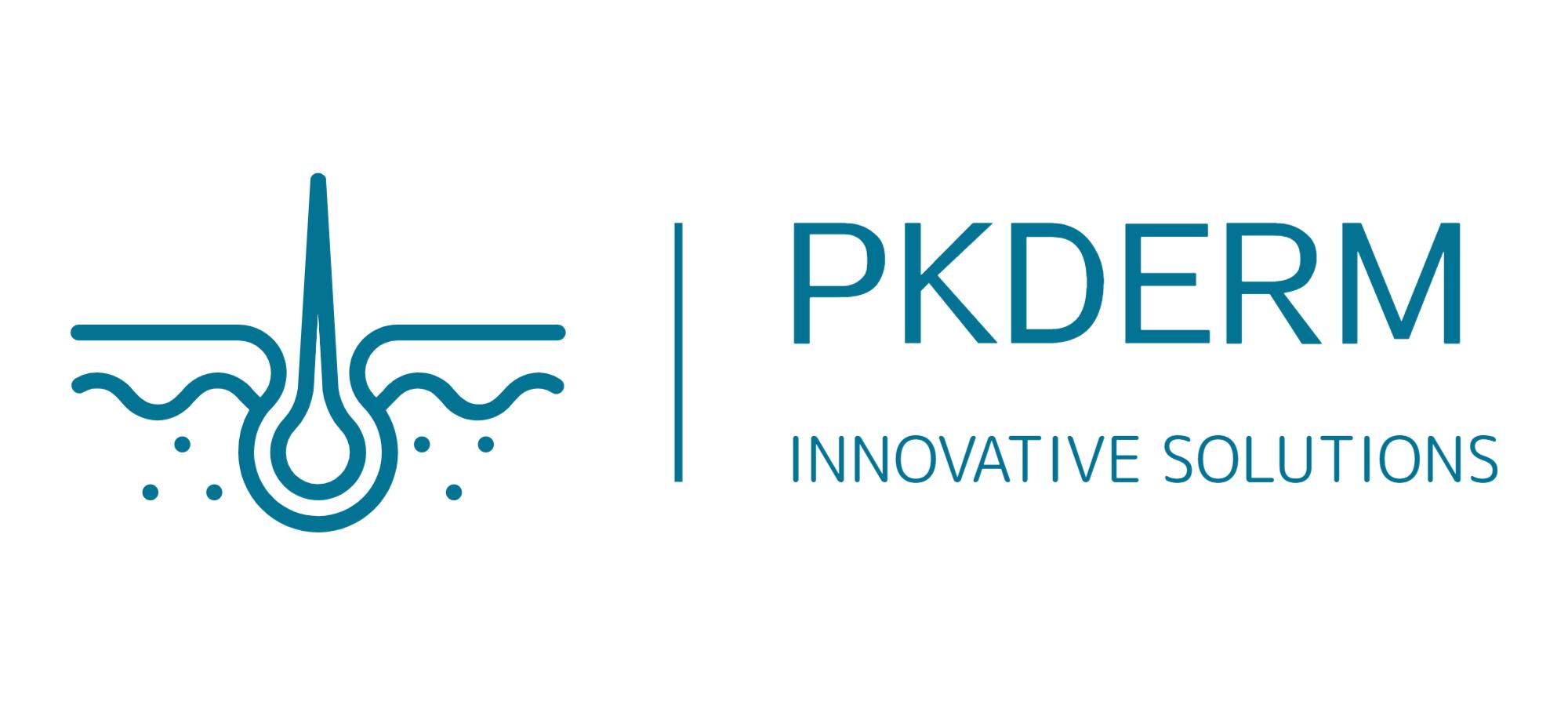OpenTox Virtual Conference 2021 Session 14
Leveraging the Comparative Toxicogenomics Database to fill in knowledge gaps for environmental health science
Environmental health science relates how chemical exposures affect human health and disease; however, in most cases, the genetic, molecular, and biological mechanisms connecting exposure with a disease remain unknown. To help fill in these knowledge gaps, we leverage content from the Comparative Toxicogenomics Database (CTD; http://ctdbase.org/) to computationally predict and identify potential intermediary steps. CTD is a public database that manually curates the scientific toxicology literature using open-source and FAIR-controlled vocabularies to capture chemical, gene/protein, phenotype, anatomy, disease, organism, and exposure information in a computable format. This primary data is integrated to discover novel connections and build sets of “CGPD-tetramers”, computationally constructed information blocks linking a Chemical-Gene interaction with a Phenotype and Disease. We’ve used this bioinformatics strategy to systematically compute the genes, molecular mechanisms, and biological events for the environmental health association linking air pollution toxicants with cardiovascular disease, and have identified key genes and important roles for oxidative stress, inflammation, immune responses, cell death, and circulatory system processes. Moreover, CGPD-tetramers can be assembled into adverse outcome pathways involving multiple gene products and sequential biological events, and many of these computed intermediary steps were validated in the literature. Our method does not require a priori knowledge of the toxicant, interacting gene, or biological system, and can be used to analyze any environmental chemical-induced disease curated within the public CTD framework.


